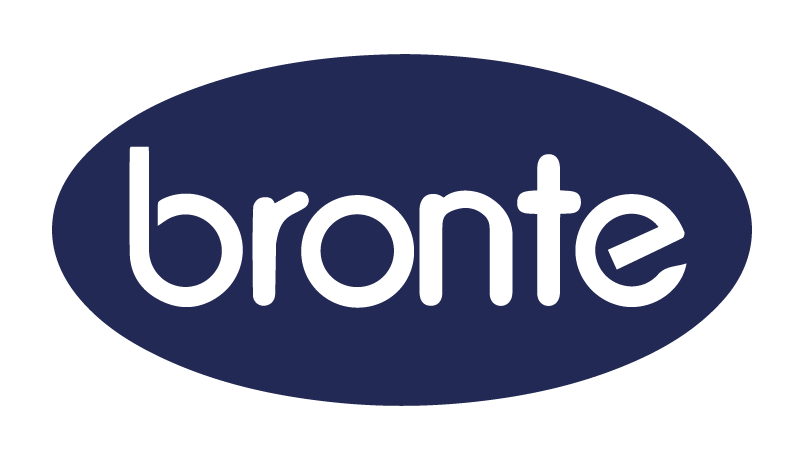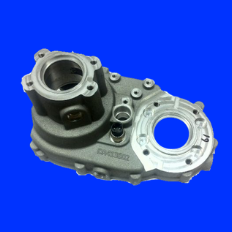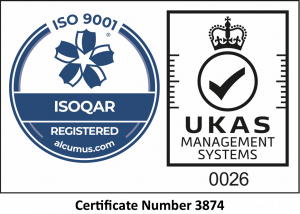Over recent decades, CNC lathes have steadily replaced their manual counterparts in machine shops (although manual lathes are still used in some scenarios). Like manual lathes, workpieces are held in place using specialised clamps known as Chucks, these are mounted on spindles which are used to spin the workpiece rapidly. However, unlike manual lathes, the cutting tools on CNC lathes are mounted on moveable turrets which can be programmed to move along or across the workpiece automatically in order to generate the desired shapes. For further information on the history of lathes, see our previous post: A Brief History of Lathes
Using lathes in a variety of ways, Bronte can create components with numerous features as per customer requirements. Examples of these techniques can be seen below:
Turning
Potentially the most common of all operations completed using a lathe, turning involves moving a single point cutting tool along the rotating axis of the workpiece to remove material from its diameter. Due to how the cutting tool is applied to the workpiece, turning generates products that are cylindrical in nature.
Using the moveable turret, different types of turning can be applied to the workpiece. Examples include:
Straight turning – Cutting tool moved in parallel to the axis along the whole component
Taper Turning – Cutting tool is fed at an angle along the rotational axis to produce conical shapes
Contour Turning – Cutting tool fed along the rotational axis at different radial distances to produce contoured shapes.
Form Turning – Different to the methods above, this involves a special cutting tool which is used radially to form the desired shape along the axis.
Facing
Unlike turning, facing is achieved by running a single point cutting tool perpendicular to the axis. It is used to the machine the ends of workpieces to produce flat surfaces that are square to the rotational axis. This is particularly useful for removing marks and neatening the ends of components.
Chamfering
By applying the cutting edge of a tool to the corner of a cylindrical shape, a chamfer can be applied to components. Chamfering as a process is primarily used to remove burrs and sharp edges which can be left by machining, making them more suitable for handling by hand.
Grooving
Grooves can be added to components when a flat cutting tool is moved radially into the side of a workpiece. A groove equal in width to the tool is created, the depth of which will depend on how far the tool is moved radially towards the rotational axis. To form a longer groove, the cutting tool can make further cuts by moving along the axis.
Parting/Cutting Off
Similar to the grooving process, a flat cutting tool is fed radially into the side of a workpiece, continuing into until it reaches the centre or the internal diameter. Upon reaching this point, a section of the component will be removed or cut off from the rest of the component.
Threading
Threading is again achieved by applying a single point cutting tool radially into the side of a workpiece. Unlike parting and grooving, however, the tool is pointed in nature and moved along the axis as it cuts in order to create a thread. Many different types of thread can be cut into components using various tools and feed programs.
Knurling
Knurling does not involve any cutting of metal and is instead a finishing technique used to add a cross-hatch pattern to a workpiece. A special knurling tool comprised of rollers is pressed against the rotating workpiece in order to add the designated pattern.
At Bronte, our experienced lathe operators have the specialist knowledge necessary to execute the above techniques and produce components accurately to tight tolerances. At the present time, our lathes can accommodate parts up to 3000mm in length by 805mm Dia. If you have any precision engineering requirements or questions regarding our capabilities, contact Bronte precision on 01274 698 900 or email mail@bpel.co.uk with your RFQ.






